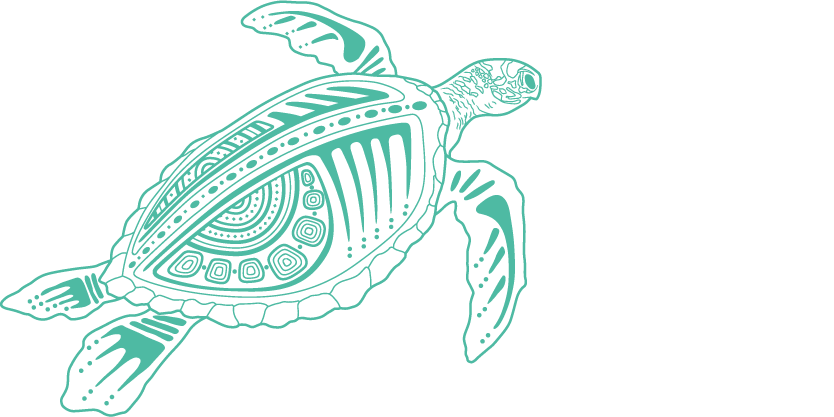Sixteen species groups are graded in terms of condition of populations and changes over the past 5 years due to human activities or changing environmental conditions. Of these, mangroves have remained in very good condition and 7 other groups (seagrasses, benthic algae, plankton and microbes, bony fishes, estuarine crocodiles, whales, and dolphins) are assessed as good. Eight species groups (corals, invertebrates other than corals, sharks and rays, sea snakes, marine turtles, seabirds, shorebirds, and dugongs) are in poor condition.
The full assessment summary is in Section 2.5.2.



